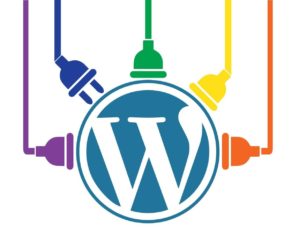These days, it’s so important to backup data with computer viruses occurring, hard drives failing, or even accidents occurring.
If you aren’t running a business with important files on your computer to keep your business functioning and are just the regular computer user out there, you’re probably wondering whether it’s necessary to backup data.
To start off, if you are thinking that there isn’t much data on your computer, have a think about your family photos on your computer. How important are these to you and how would you feel if your hard drive failed and these weren’t recoverable?
Backing up data doesn’t have to be expensive like a lot of people think. It is really affordable if you go about this the best way for you. Depending on what sort of files you have and how many files you would want to backup, the methods below come with some pros and cons.
1) The first method people often think about when it comes to storing a backup of files is a portable USB stick/ drive.
This option is great and these devices come in all different sizes and are usually quote cheap. If you don’t have a lot of data on your computer, they are great to use!
However, one downfall with these are that they are quite small in size. So, if you are someone who takes your USB drive out of the house and use it everywhere you go, there’s a small chance that it could get misplaced. So, if you do decide to use a USB drive to backup your important data, make sure you keep this in a safe place and possibly have a spare one you can take out with you that isn’t as important as the one you’ve used to backup your data.
2) The second most popular method, also affordable would be to use an external hard drive.
These are larger than USB sticks and have less of a chance of getting misplaced. These come in different sizes, in terms of GB and are easy to use for backing up data. They are certainly great for all sorts of computer users as they cater for quite a lot of data.
3) Cloud Storage is the next method you could use.
This includes (but is not limited to) services such as: Dropbox, Google Drive, Microsoft OneDrive and iCloud (for Apple users).
These are really affordable as most of these services will give you a certain amount of storage for free. The only downfall to these services is that you will need your internet connection to make this work. If you have a lot of data to backup and an internet connection which is not unlimited, the number of files you upload will likely count towards your monthly internet quota. When you’re using your connection to upload a lot of data, you may also find that your internet connection runs a little slow while you’re backing up data. This may not be as desirable over an ADSL connection and may run better over an NBN connection as well, if you do have a lot of data.
If you do decide to backup one of these ways, ensure you setup a very secure password on your account.
4) Believe it or not, printing is a backup option which a lot of people forget about.
The good thing about printing is that it can always be accessed during a power outage or a hard drive failure. While this might not be desirable for large files, if you have written an email or letter which you want to store a copy of, you can always print a copy of this for your filing.
5) Burning items to a disc is another option if your computer has a disc drive or if you have an external one which will allow you to do this.
This is great for things like computer programs that you want to keep a copy of to ensure easy installation onto another computer, or a folder of important photos that you want to keep on a disc. The only downfall to this is that a lot of laptop computers these days are being manufactured without disc drives, which may prevent you from easily obtaining these in the future. However, you can always get an external disc drive to connect to your laptop to view these on.
6) Another form of backup is email.
If you have an important file that you want to store a copy of in case, or you think you may need to access this in the future on another computer when you upgrade computers and don’t want to misplace this, you can always email this to yourse
f to ensure you have a copy of it in the future.
7) Lastly, A NAS (Network-attached storage) is a great option.
This is one form of backing up which is great for those who are quite technical and have a lot of files or for businesses who have multiple computers running.
These may not be ideal for all though, as they do require a
little bit of networking experience in order to set these up. They are data storage servers that are designed to work with multiple computers across a network. They make for a great backup as they usually contain a large amount of storage and you’ll be able to access these across multiple devices. They are usually connected to modems/ routers that have USB ports in them. This way, which ever computers are connected to the modem/ router can access the files stored on them.
If you would like more information about back ups and to discuss the best option for your home or business, then contact Forerunner’s Friendly Techs on 8269 5260 or support@forerunner.com.au






